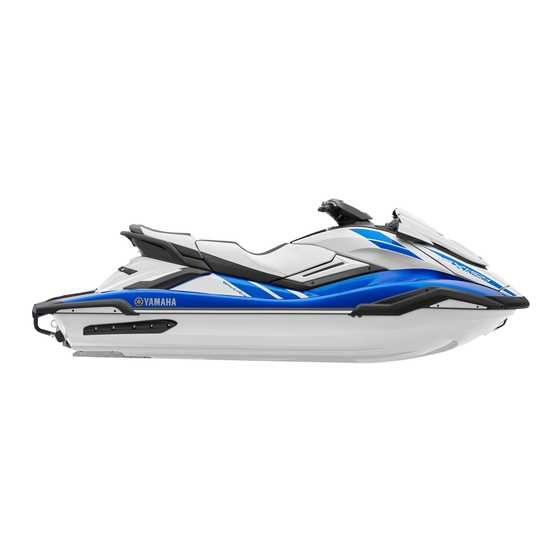
Owning a personal watercraft can be an exhilarating experience, offering the thrill of speed and agility on the water. However, to fully enjoy and maintain such a vehicle, understanding its features, operational guidelines, and maintenance requirements is essential. This section provides invaluable insights for enthusiasts, ensuring they can make the most of their aquatic adventures.
From safety protocols to performance optimization, the guidance offered here aims to equip users with the knowledge needed to enhance their experience. Familiarizing oneself with various aspects of this watercraft not only improves performance but also extends its lifespan, allowing for countless enjoyable outings.
Moreover, engaging with the best practices and troubleshooting tips shared in this resource empowers owners to address common challenges effectively. This proactive approach can lead to a more satisfying and worry-free experience on the waves.

Addressing frequent challenges encountered with personal watercraft requires a systematic approach. By understanding typical problems and implementing appropriate solutions, users can enhance performance and extend the lifespan of their machines. This section outlines common complications and effective strategies for resolution.
Identifying Performance Problems

Performance issues may arise due to various factors, including fuel quality, battery condition, or mechanical failures. Here are some signs to look for:
| Issue | Possible Cause | Recommended Action |
|---|---|---|
| Reduced Speed | Clogged intake or propeller | Inspect and clean the intake and propeller. |
| Unusual Noises | Worn bearings or components | Check for wear and replace faulty parts. |
| Difficulty Starting | Weak battery or faulty ignition system | Test the battery and inspect the ignition components. |
Maintaining Electrical Systems

Electrical issues can lead to significant operational problems. Regular inspection of the wiring, connections, and fuses is essential for maintaining reliability.